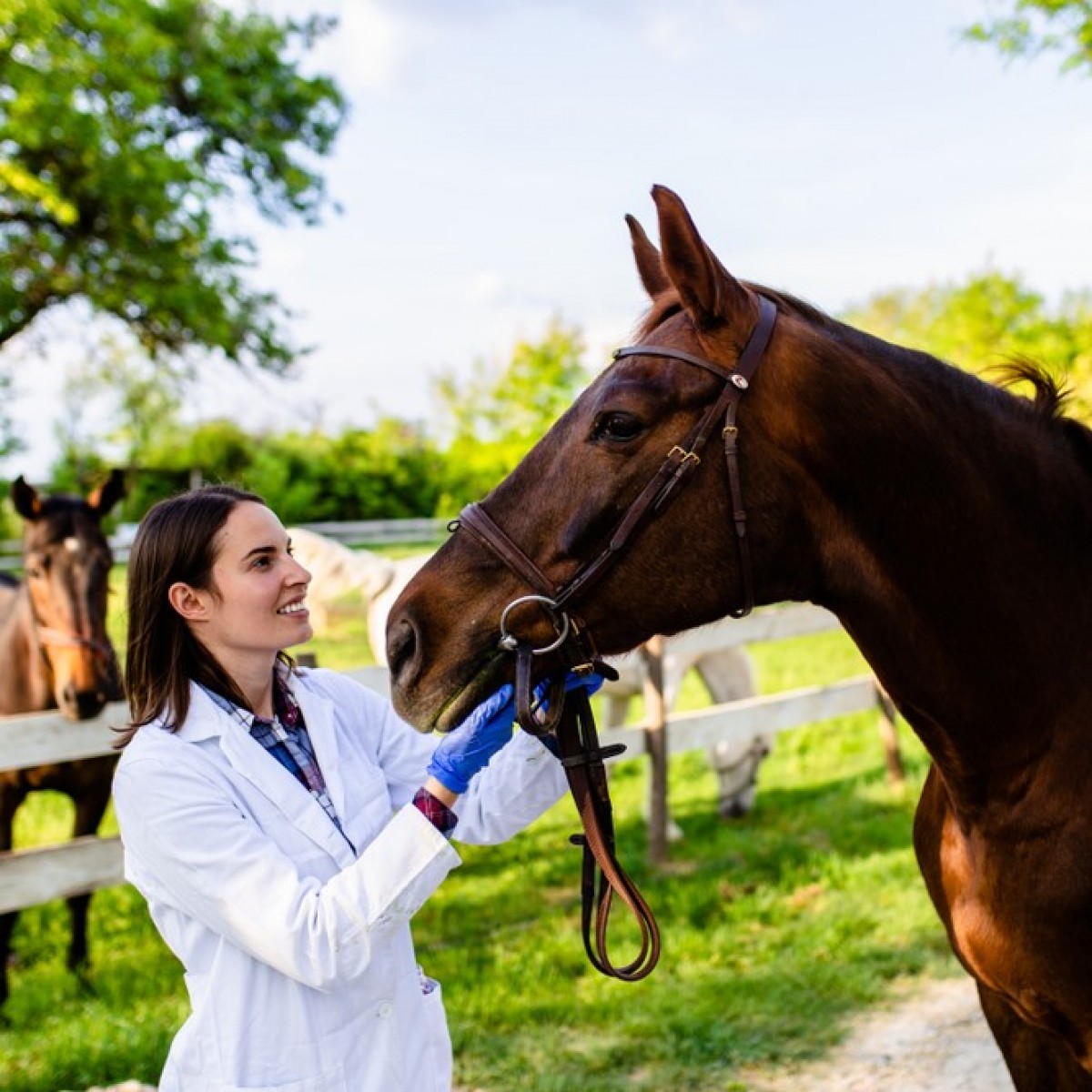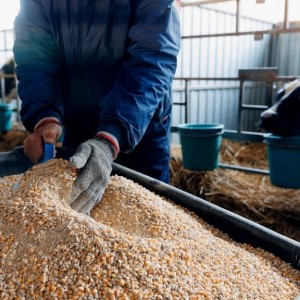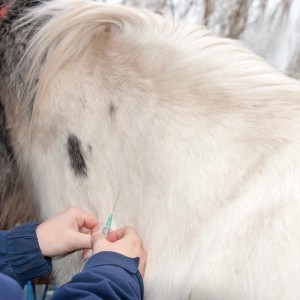Innovative diagnostic strategies for equine habronemiasis: exploring molecular identification, gene expression, and oxidative stress markers
Background
Equine habronemiasis, caused by Habronema (H.) muscae, H. microstoma, and Draschia megastoma, is a parasitic disease that presents in both gastric and cutaneous forms. Conventional diagnostic methods often lack sensitivity due to intermittent egg shedding and nonspecific clinical signs. This study aimed to enhance diagnostic accuracy by integrating molecular identification, oxidative stress profiling, and cytokine gene expression analysis.
Methods
A total of 100 horses from a private farm in Giza, Egypt, were clinically examined for signs of habronemiasis. Fecal and skin samples were examined using parasitological techniques alongside polymerase chain reaction (PCR) targeting the mitochondrial cytochrome c oxidase subunit I (COXI) gene. The serum levels of oxidative stress biomarkers, including malondialdehyde (MDA), superoxide dismutase (SOD), glutathione (GSH), and total antioxidant capacity (TAC), were quantified. Additionally, the expression of cytokines (interferon-gamma (IFN-γ), tumor necrosis factor-alpha (TNF-α), interleukin 1 beta (IL-1β) and interleukin-6 (IL-6))was assessed via real-time PCR.
Results
Habronema spp. eggs were detected in 62% of fecal samples, with molecular analysis confirming H. muscae as the predominant species. Infected horses exhibited significantly elevated oxidative stress markers compared with those in healthy controls. Cytokine gene expression analysis demonstrated a marked upregulation of proinflammatory markers, indicating a Th1-dominated immune response.
Conclusions
This study underscores the value of molecular diagnostics combined with immunological profiling for the detection and characterization of equine habronemiasis. The integration of oxidative stress and cytokine biomarkers provides important insights into host–pathogen interactions and may contribute to the development of improved diagnostic and therapeutic strategies.
Authors: Mai A. Salem, Sohila M. El-Gameel, Mohamed S. Kamel, Eslam M. Elsamman, Reem M. Ramadan
Source: https://link.springer.com/










List
Add
Please enter a comment